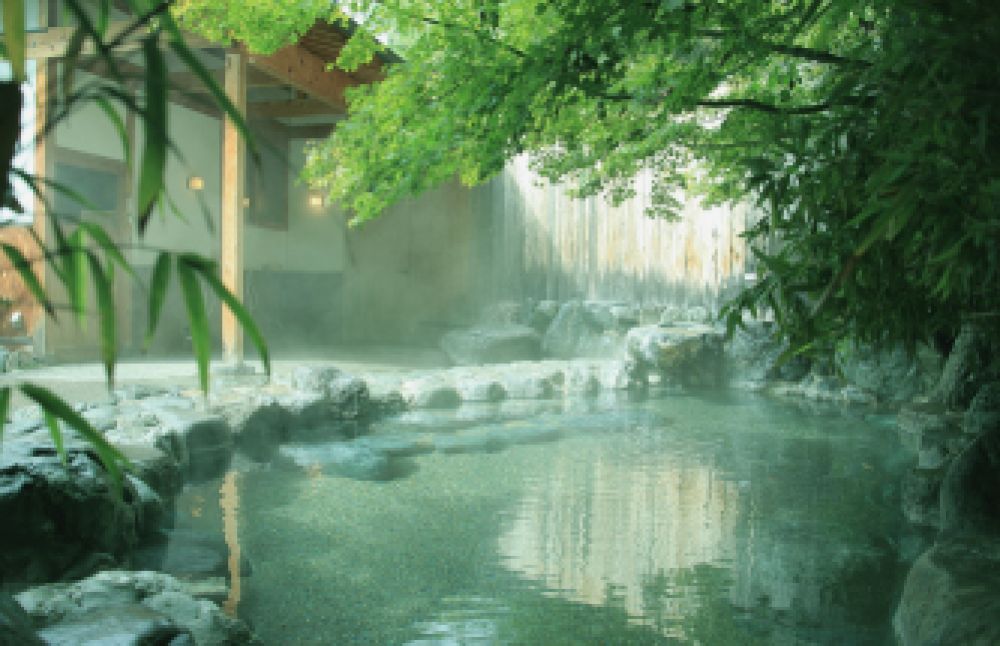

Nested at the foot of the Japan Alps, Matsumoto city is home to the tranquil hot spring district of Asama Onsen. This idyllic retreat has captivated travelers with its healing waters for centuries, offering a touch of serenity and traditional Japanese charm.
The history of Asama Onsen as a popular destination for travelers and health-seekers can be traced back to the Kamakura Period (1185–1333). During those early years, the samurai and nobility began to frequent the hot springs, believing in their restorative powers. However, it was in the Edo Period (1603–1868) that Asama Onsen really blossomed as a tourist spot, with inns and bathhouses constructed to accommodate the influx of visitors.
The interest in Asama Onsen continued to flourish with the advent of rail travel during the Meiji Era (1868–1912). The accessibility of Matsumoto from Tokyo and the surrounding regions significantly increased, leading to a boom in tourism. Asama Onsen's reputation as a peaceful haven away from the hustle and bustle of city life was well-established, attracting literary figures and artists who sought inspiration in its scenic surroundings and soothing waters.
In the following century, Asama Onsen solidified its status as a tourist destination. It evolved to offer more than just hot springs, with establishments providing cultural experiences such as traditional Japanese cuisine, tatami-mat rooms, and onsen ryokan (hot spring inns) that exuded a timeless aesthetic. With Japan's economic growth in the 20th century, domestic tourism surged, and areas like Asama Onsend became popular for weekend getaways and vacation spots for families and working professionals.
Today, Asama Onsen is embracing modern tourism trends while honoring its historic roots. There is a shift towards creating experiences that offer a blend of wellness and culture, appealing to both international visitors and a younger Japanese demographic. Among the latest trends, we see:
Embracing the past while looking to the future, Asama Onsen continues to evolve to meet the expectations of a diverse range of tourists. Its combination of lovely landscapes, cultural authenticity, and wellness-focused activities ensures that it will remain a beloved destination for years to come.